Home>Furniture>Bedroom Furniture>How To Fix A Sagging Bed Frame
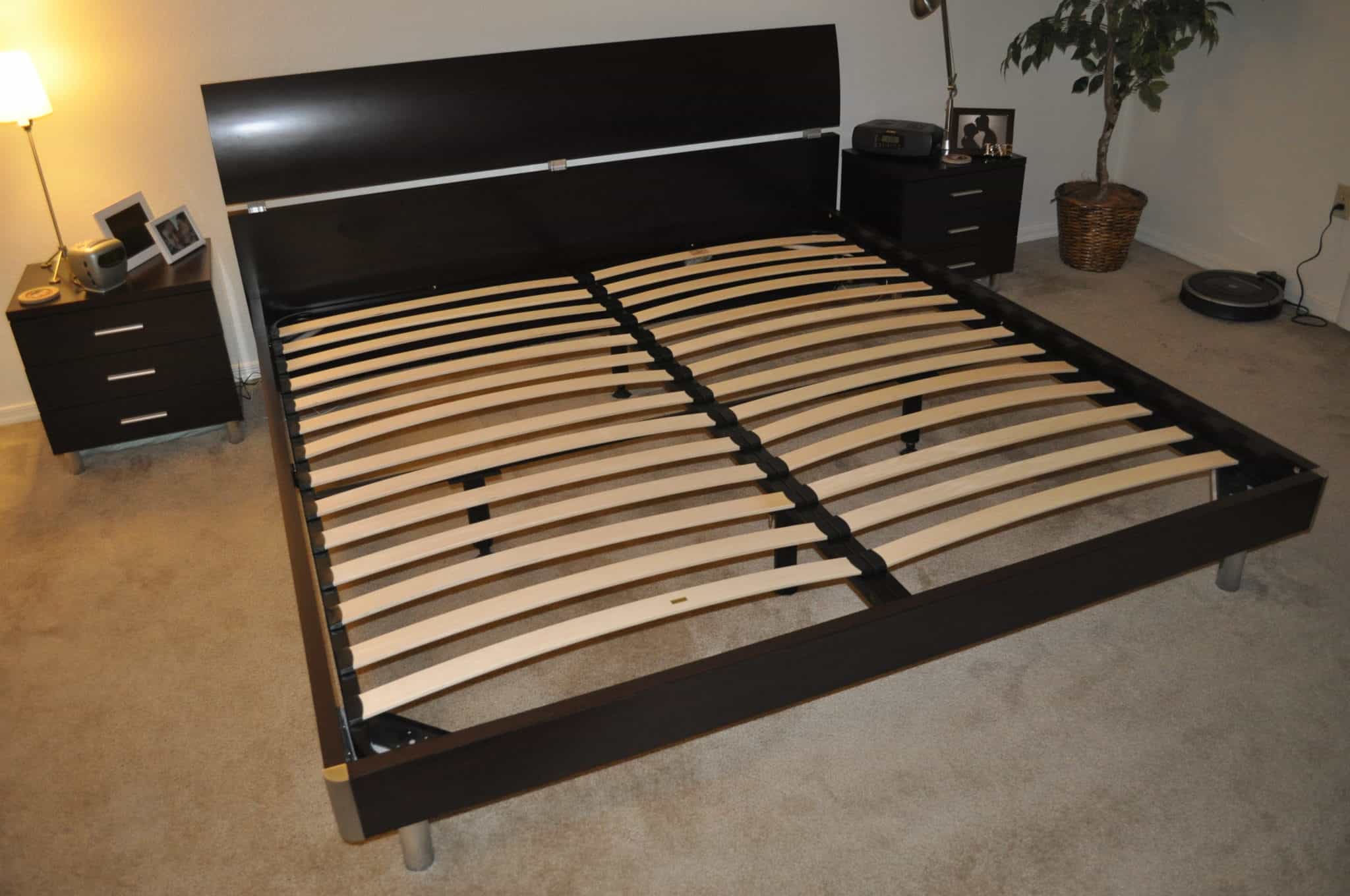

Bedroom Furniture
How To Fix A Sagging Bed Frame
Modified: May 6, 2024
Learn how to fix a sagging bed frame with these simple steps. Improve the stability and durability of your bedroom furniture today!
(Many of the links in this article redirect to a specific reviewed product. Your purchase of these products through affiliate links helps to generate commission for Storables.com, at no extra cost. Learn more)
Introduction
There’s nothing quite as frustrating as a sagging bed frame. Not only does it make your nights uncomfortable, but it can also negatively impact your overall sleep quality. If you’re tired of waking up with aches and pains, it’s time to take action and fix that sagging bed frame.
In this comprehensive guide, we’ll walk you through the steps to identify and repair the problem, ensuring your bed frame provides the support and comfort you deserve. Whether you have a wooden or metal bed frame, these practical solutions will help you restore it to its former glory.
Before we dive into the steps, it’s essential to understand that a sagging bed frame may result from various causes. Over time, the constant pressure and weight on the frame can cause it to weaken, resulting in sagging or even breakage. Additionally, improper assembly, low-quality materials, or manufacturing defects can contribute to the problem.
Now, let’s explore the steps you can take to fix a sagging bed frame and enjoy a restful night’s sleep.
Key Takeaways:
- Reinforce bed slats with sturdy materials like hardwood or metal to address sagging. Consider adding support beams or plywood for enhanced stability and even weight distribution.
- Test and ensure the stability of the bed frame after repairs. Regular maintenance and inspection can prevent future sagging, contributing to a comfortable and restful sleep experience.
Read more: How To Fix A Bed Frame
Step 1: Assessing the Problem
Before you can fix a sagging bed frame, it’s crucial to assess the extent of the problem and determine the cause of the sagging. This will help you identify the most appropriate solution to address the issue effectively.
Start by removing all bedding, including the mattress, from the bed frame. This will allow you to get a clear view of the frame and any areas that might be causing the sagging. Take a moment to inspect the bed frame from all angles, paying close attention to the support beams, slats, and joints.
Look for any obvious signs of damage, such as cracked or broken wooden slats, bent metal supports, or loose connections. If you notice any of these issues, take note as they might require specific repairs or replacements.
Next, press down on different areas of the bed frame to see where the sagging is most pronounced. This will help you pinpoint the specific area or areas that need attention. If the sagging is uniform across the entire bed frame, it may be a more significant structural issue that requires professional assistance or replacement.
Furthermore, consider the age of your bed frame. If it’s relatively new and still under warranty, it’s worth contacting the manufacturer to inquire about potential repairs or replacements covered by the warranty. However, if your bed frame is older and no longer under warranty, you’ll need to proceed with the following steps to fix the problem yourself.
By assessing the problem thoroughly, you’ll have a better understanding of what needs to be done to restore the stability and comfort of your bed frame. Now that you know the extent of the sagging, let’s move on to the next step: identifying the cause.
Step 2: Identifying the Cause of Sagging
Once you’ve assessed the problem and determined the areas where your bed frame is sagging, it’s time to identify the cause. Understanding the underlying issue will help you choose the most appropriate solution.
One common cause of sagging in bed frames is weakened or damaged slats. These are the horizontal supports that span across the width of the bed frame and hold the mattress in place. Over time, slats can crack, warp, or become loose, resulting in an uneven and sagging surface.
If you suspect that the slats are the culprits, inspect them closely. Look for cracks, splits, or signs of wear and tear. If you find any damaged slats, they will need to be replaced. Measure the length and width of the slats so that you can purchase suitable replacements.
Another possible cause of sagging is the improper alignment or adjustment of the bed frame legs. These legs, located at each corner of the frame, provide additional support and stability. If they are not properly adjusted or if they have become loose over time, they may contribute to the sagging.
Check each leg of the bed frame to ensure they are tightly secured and level with the floor. Tighten any loose screws or bolts, making sure the legs are firmly in place. If necessary, use a level to ensure the bed frame is perfectly flat and not leaning to one side.
In some cases, a sagging bed frame may be caused by excessive weight or uneven distribution of weight on the frame. This is more common with larger mattresses or if the bed is regularly used by two or more people. Consider redistributing the weight evenly on the bed frame to alleviate the sagging.
By identifying the cause of the sagging, you’ll be one step closer to finding the right solution. In the next step, we’ll explore how to reinforce the bed slats for added support.
Step 3: Reinforcing the Bed Slats
Now that you have assessed the problem and identified the cause of the sagging, it’s time to reinforce the bed slats. This step is crucial for improving the overall stability and support of your bed frame.
If the slats are damaged or inadequate, you will need to replace them with new, sturdy ones. Measure the length and width of the slats to ensure you purchase the correct size. Opt for slats made from durable materials, such as hardwood or metal, that can withstand the weight of the mattress and provide long-lasting support.
Once you have the new slats, remove the old ones carefully. Place the new slats evenly across the width of the bed frame, ensuring there is adequate spacing between them for proper mattress support. Secure the slats in place using screws or brackets, following the manufacturer’s instructions.
If your bed frame already has sturdy slats but they are still causing sagging, an additional method to reinforce them is by using support beams or center supports. These are additional pieces of wood or metal that run horizontally across the bed frame, providing extra support to the slats and distributing the weight more evenly.
Measure the length of the bed frame and acquire a suitable support beam. Place it centrally across the width of the bed frame, ensuring it aligns with the slats. Secure the support beam to the bed frame using screws or brackets, ensuring it is tightly secured and level.
Additionally, you can consider adding plywood or a bunkie board on top of the slats for enhanced support. These sturdy surfaces help distribute the weight evenly and provide a firmer surface for the mattress to rest on.
By reinforcing the bed slats with new, sturdy ones and incorporating additional support beams or surfaces, you will significantly improve the overall stability and sagging issue of your bed frame.
Now that the bed slats are reinforced, let’s move on to the next step: adjusting the bed frame legs.
Step 4: Adjusting the Bed Frame Legs
Adjusting the bed frame legs is an important step in fixing a sagging bed frame, as it helps ensure proper alignment and stability. If the legs are not properly adjusted, they can contribute to uneven weight distribution and exacerbate the sagging problem.
Start by checking each leg of the bed frame to ensure they are tightly secured and level with the floor. Use a screwdriver or wrench to tighten any loose screws or bolts, ensuring that the legs are firmly in place. If necessary, replace any damaged or worn-out leg attachments.
Once the legs are secure, use a level to ensure that the bed frame is perfectly flat and not leaning to one side. Adjust the height of the legs, if possible, to achieve the desired level. This will help distribute weight evenly across the frame and alleviate any sagging caused by uneven pressure.
If your bed frame legs do not have adjustable heights, you can consider using bed risers. These are available in various sizes and can be placed between the legs and the floor to raise the height of the entire bed frame. This can help with leveling the bed frame and reducing sagging.
Another option to consider is adding additional support to the bed frame legs. This can be done by using bed frame braces or corner brackets. These metal brackets can be attached to the corners of the bed frame, providing extra reinforcement and preventing any wobbling or movement that may lead to sagging.
Adjusting the bed frame legs and ensuring proper alignment is essential for maintaining the stability and integrity of your bed frame. Once you have completed this step, it’s time to move on to the next step: using supportive materials.
Check the support legs and center support beam of the bed frame to ensure they are properly positioned and secure. If necessary, tighten any loose screws or replace damaged support components.
Read more: How To Fix An IKEA Bed Frame
Step 5: Using Supportive Materials
Using supportive materials is a great way to add extra reinforcement and stability to your bed frame, helping to alleviate sagging and improve overall comfort. There are several options available to enhance the support provided by your bed frame.
One common and effective method is to use bed frame support boards or braces. These supportive materials are typically made of strong materials like plywood or metal, and they are placed between the mattress and the bed frame. They help distribute the weight evenly and provide a solid base for the mattress to rest on, reducing sagging.
To use support boards, measure the dimensions of your bed frame and cut the support board to fit snugly across the width of the frame. Place the support board on top of the slats or existing support system, ensuring it provides full coverage. Secure the support board in place using screws or brackets if necessary.
An alternative to support boards is a bunkie board. This is a thin and sturdy platform that serves as a foundation for the mattress. Similar to support boards, bunkie boards provide extra support and help prevent sagging. They are particularly useful if you have a platform bed frame or a frame that doesn’t have built-in support slats.
Another option is using bed frame leg supports, also known as bed leg extensions. These are height-adjustable metal or plastic supports that can be placed under the existing bed frame legs. By raising the height of the legs, they help eliminate sagging and provide additional stability to the frame.
Additionally, if you have a metal bed frame, consider using rubber or silicone pads between the frame and the mattress. These pads help absorb shock and reduce noise while providing a cushioned surface for the mattress to rest on.
The use of supportive materials is a practical and effective way to address sagging in bed frames. By incorporating support boards, bunkie boards, leg supports, or pads, you can significantly enhance the stability and comfort of your bed frame.
Now that you have added supportive materials, let’s move on to the next step: considering additional support options.
Step 6: Considering Additional Support Options
If you have followed the previous steps and are still experiencing sagging in your bed frame, it may be time to consider additional support options. These options provide additional reinforcement and can help address persistent sagging issues.
One option to consider is the use of adjustable bed frame supports or bed slat center supports. These adjustable support systems are designed to provide extra support to the center of the bed frame, where sagging is most common. They typically consist of a metal bar or beam that spans across the middle of the bed frame, supporting the slats or mattress.
Adjustable supports can be adjusted in height and length to fit various bed frame sizes and provide targeted support. They are particularly useful for larger bed frames or when there is a significant amount of weight on the bed.
Another option is to invest in a bed frame with built-in support features. These bed frames often have additional crossbars, center supports, or reinforced slat systems to provide maximum stability and even weight distribution. Upgrading to a high-quality bed frame can offer long-term solutions to sagging and improve overall sleep comfort.
If you have tried various support options and none have addressed the sagging issue, it may be necessary to consider professional assistance or consulting with a carpenter or furniture expert. They can assess the bed frame’s structural integrity and provide personalized recommendations or repairs to fix the sagging problem.
It’s important to note that while these additional support options can be effective, they may involve some cost and installation requirements. However, investing in the stability and longevity of your bed frame is worth it for a restful and comfortable sleep.
By considering additional support options, you can find the right solution to combat sagging and enjoy a more stable and supportive bed frame.
Now that we have explored the additional support options, let’s move on to the final step: testing and ensuring stability.
Step 7: Testing and Ensuring Stability
After taking the necessary steps to fix a sagging bed frame, it’s crucial to test and ensure its stability before putting it back into regular use. This final step will help you confirm that the repairs and reinforcements have effectively addressed the sagging issue.
Firstly, place your mattress back onto the bed frame, ensuring it is centered and aligned properly. Next, carefully sit and lie on different areas of the mattress, paying attention to any signs of sagging or instability. Take note of any areas that still feel uneven or saggy.
If you notice any lingering sagging, revisit the previous steps to identify the specific problem areas or consult with a professional for further guidance. It’s essential to address any remaining issues to ensure the long-term stability and comfort of your bed frame.
Once you are satisfied with the stability and comfort of your bed frame, conduct a thorough inspection of the frame and all the repairs you’ve made. Double-check that all screws, bolts, and connections are securely tightened and that there are no signs of damage or weakness.
If you have made any adjustments to the legs or added additional supports or materials, make sure they are properly installed and providing the desired level of support. Take the time to verify that the bed frame is level and balanced, ensuring an even distribution of weight.
Finally, periodically check the bed frame for any signs of potential issues. In the future, make it a habit to inspect your bed frame at regular intervals to catch any signs of wear or damage before they result in sagging or other problems.
By testing and ensuring the stability of your bed frame, you can have confidence in its longevity and enjoy a comfortable and supportive sleep environment.
With this final step, you have completed the process of fixing a sagging bed frame. By assessing the problem, identifying the cause, reinforcing the bed slats, adjusting the bed frame legs, using supportive materials, considering additional support options, and testing for stability, you have taken the necessary measures to restore your bed frame’s integrity and improve your sleep quality.
Remember, a well-maintained bed frame not only provides better support for your mattress but also contributes to your overall well-being and restful sleep. Now, enjoy your revitalized bed frame and a rejuvenating night’s sleep!
Conclusion
Fixing a sagging bed frame is a task that requires thorough assessment, identification of the cause, and implementation of appropriate solutions. By following the steps outlined in this guide, you can restore the stability and comfort of your bed frame and improve your sleep quality.
Remember to start by assessing the problem and determining the areas that are sagging. Identifying the cause, whether it’s damaged slats, misaligned legs, or excessive weight distribution, will help guide you towards the right solution.
Reinforcing the bed slats by replacing damaged ones, adding support beams, or incorporating plywood or bunkie boards can significantly improve the structural integrity of the bed frame.
Adjusting and ensuring the proper alignment of the bed frame legs is essential for even weight distribution and stability. Consider using bed risers or leg supports if needed.
Adding supportive materials, such as support boards, bunkie boards, or under-mattress pads, can enhance the overall support and reduce sagging.
If these measures are not sufficient, considering additional support options, including adjustable supports or investing in a new bed frame with built-in support features, may be necessary.
Finally, it’s crucial to test and ensure the stability of the bed frame after making the necessary repairs and adjustments. Regular inspection and maintenance will help prevent future sagging or damage to your bed frame.
By taking the time to address and fix a sagging bed frame, you can enjoy a more comfortable and restful sleep experience. So, don’t wait any longer – follow the steps in this guide and restore the stability and support of your bed frame today!
Now that you've mastered fixing a sagging bed frame, why stop there? If you're looking to further bolster your bed's durability, our next article on how to strengthen bed frame offers practical tips and tricks. From enhancing frame integrity to ensuring prolonged comfort, these guidelines are indispensable for any bedroom upgrade. Don't miss out on transforming your sleeping area into a sturdy, restful haven.
Frequently Asked Questions about How To Fix A Sagging Bed Frame
Was this page helpful?
At Storables.com, we guarantee accurate and reliable information. Our content, validated by Expert Board Contributors, is crafted following stringent Editorial Policies. We're committed to providing you with well-researched, expert-backed insights for all your informational needs.

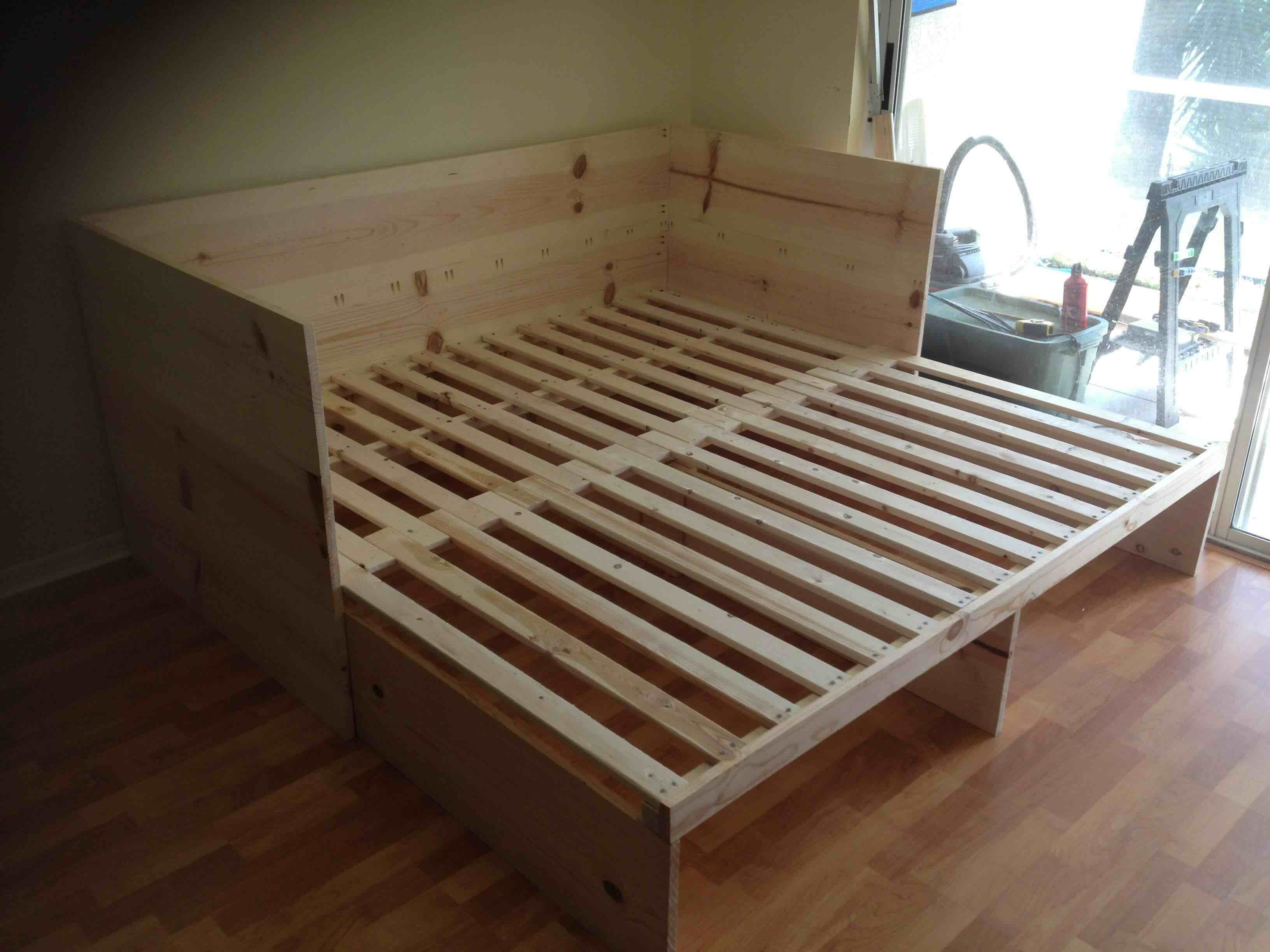
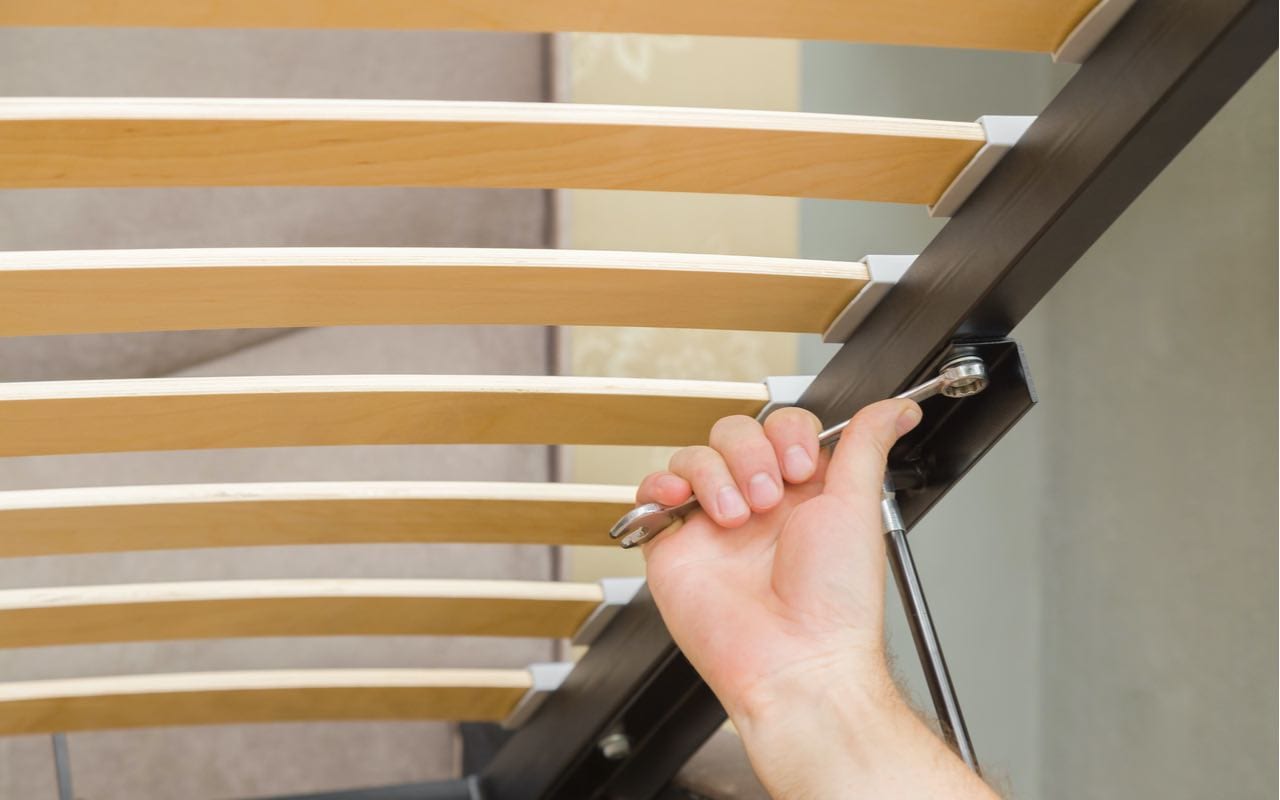
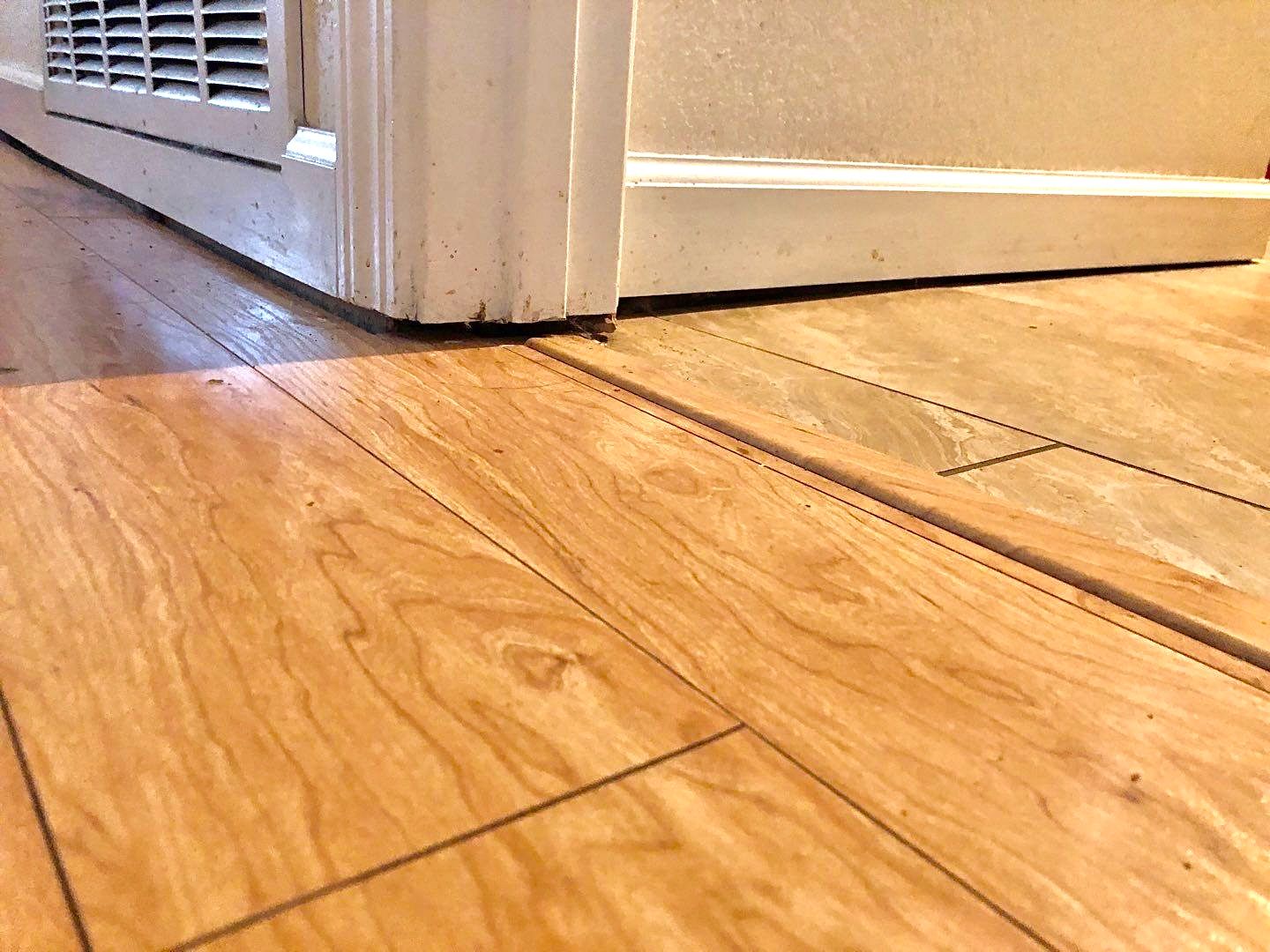


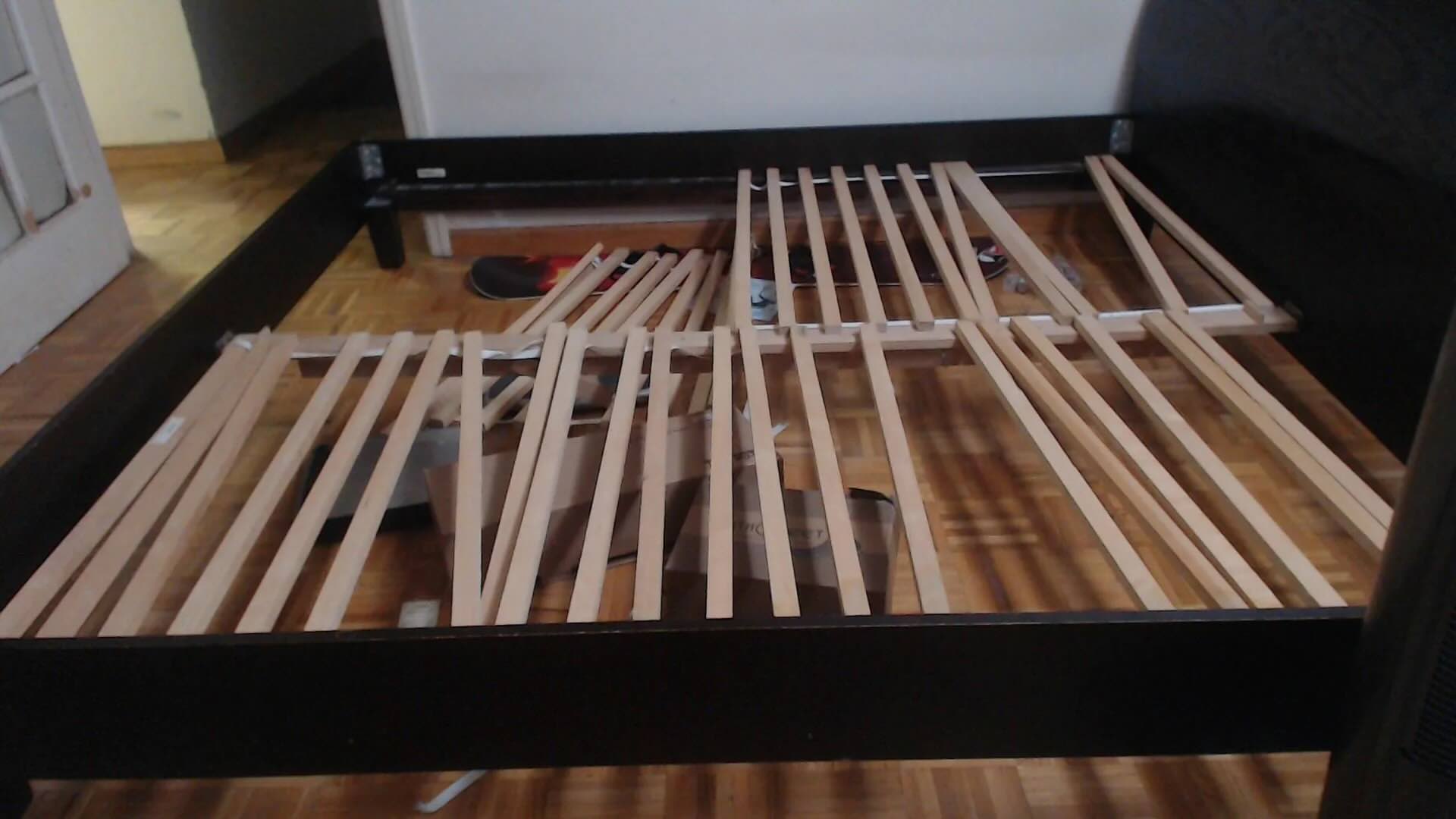
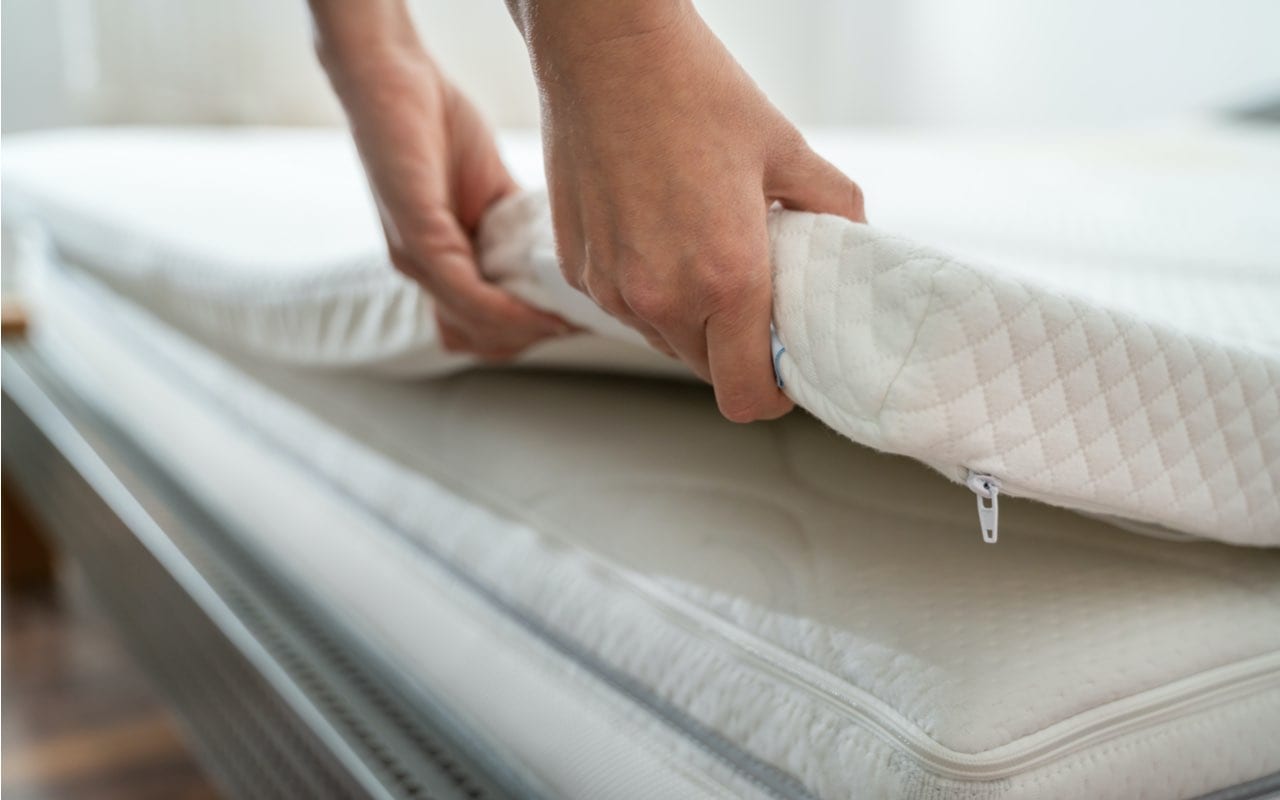
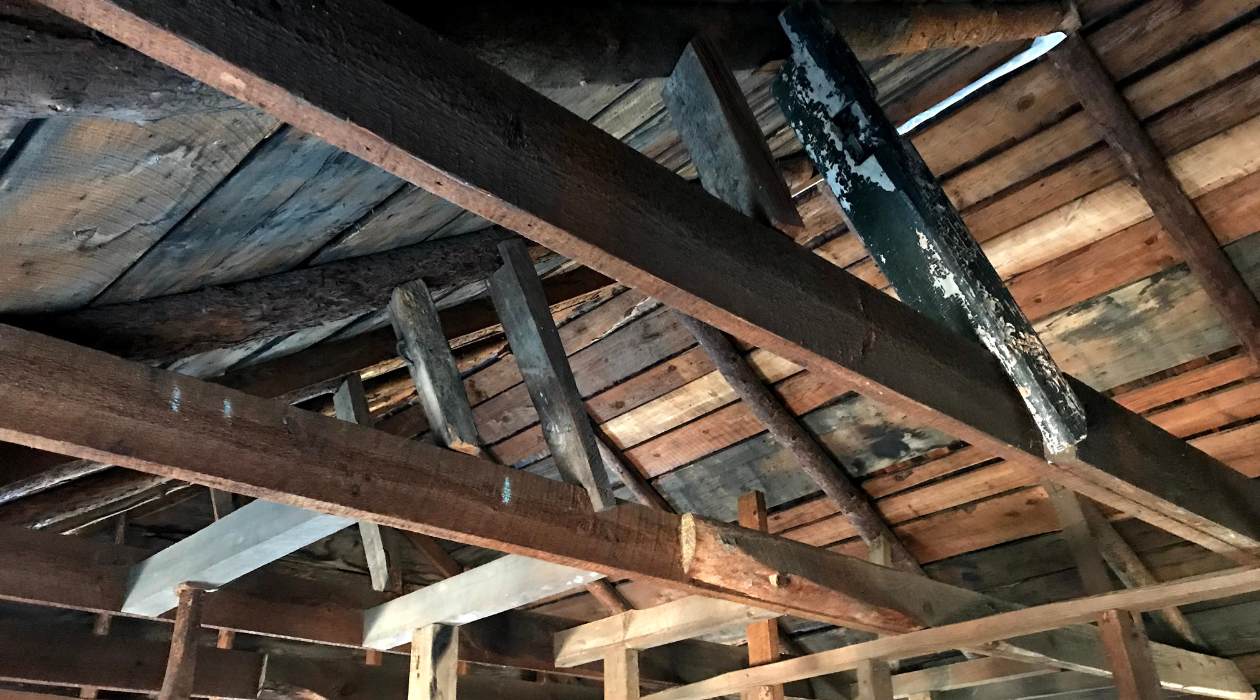



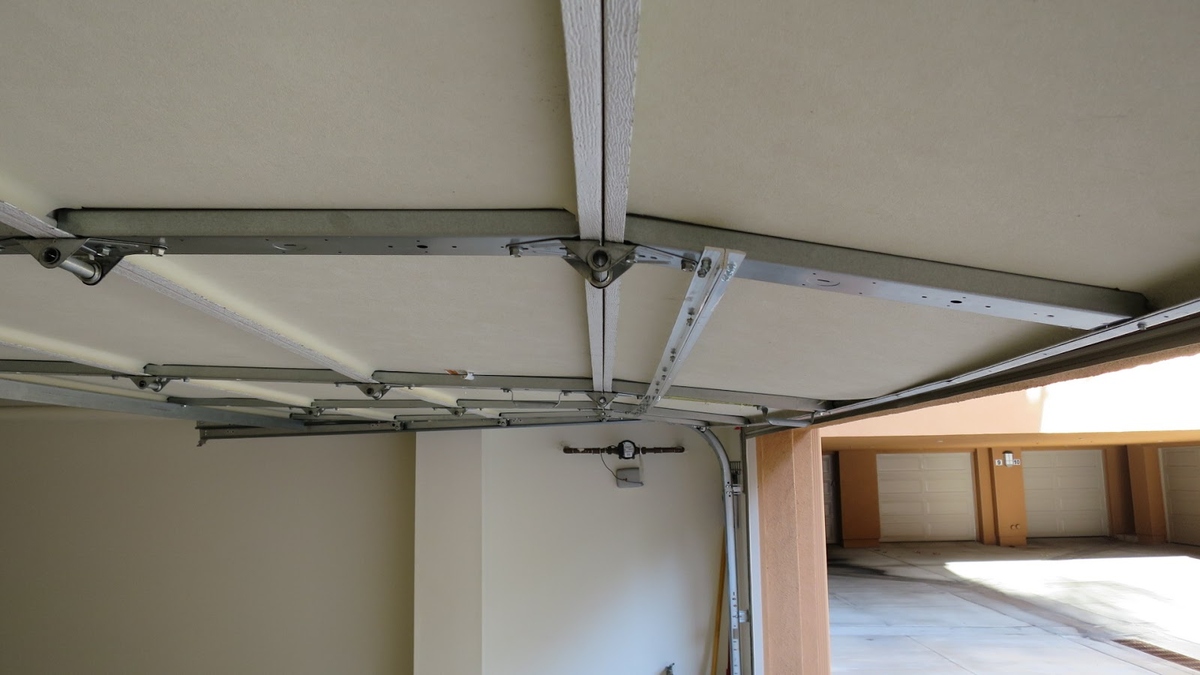
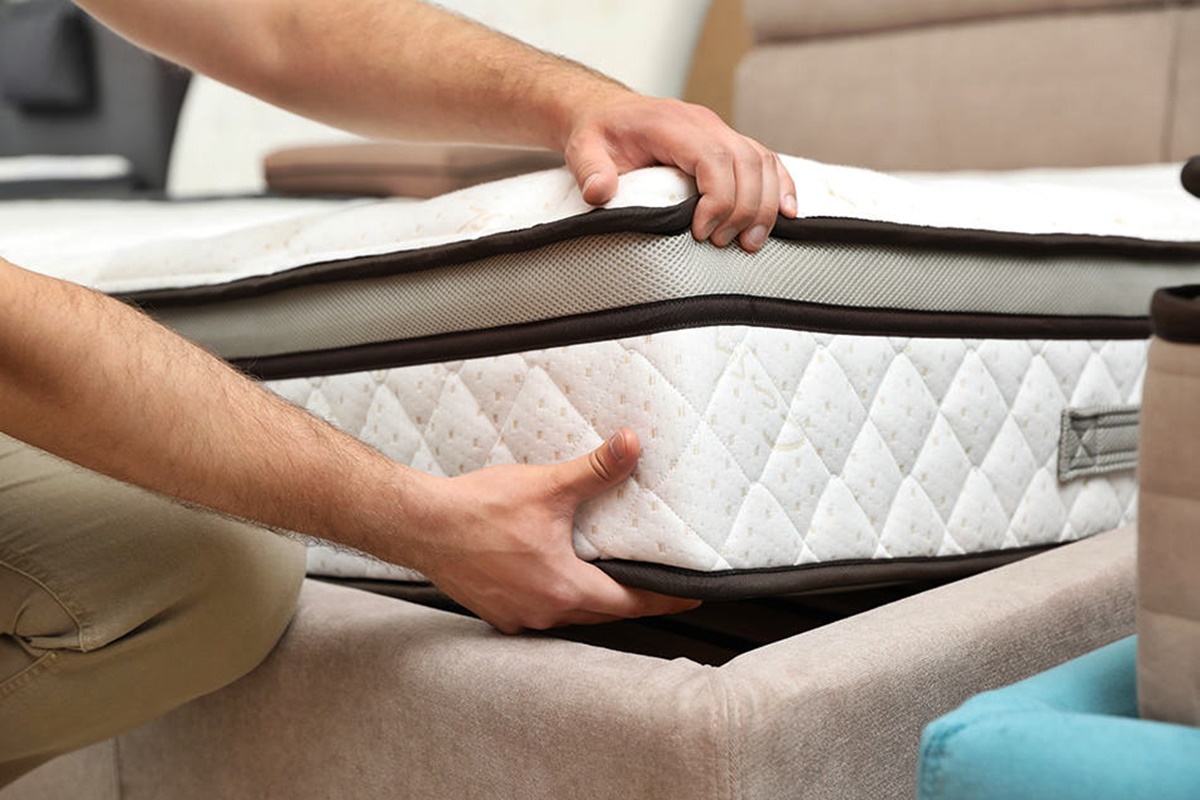

0 thoughts on “How To Fix A Sagging Bed Frame”